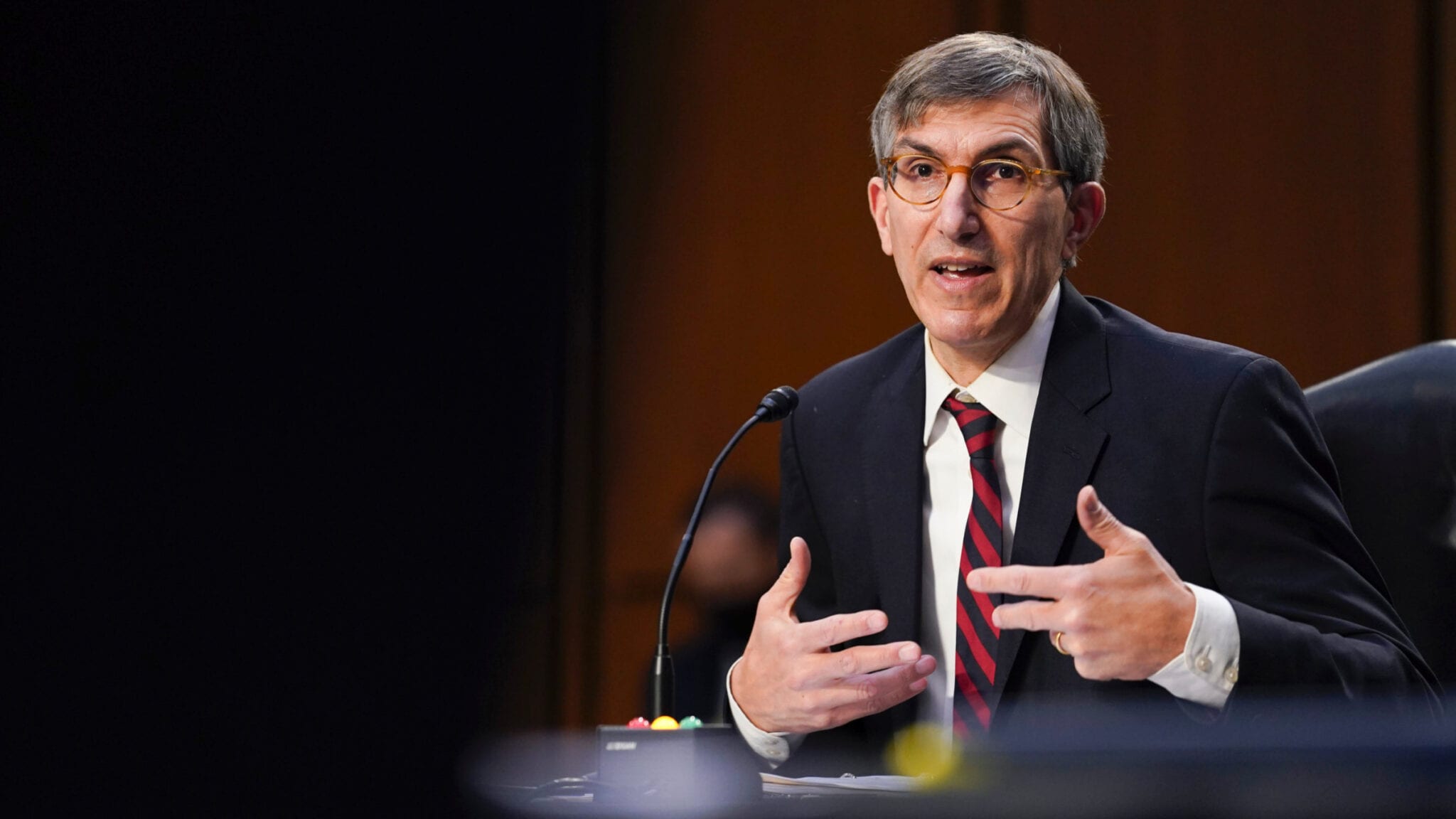
FDA advisory committee votes unanimously in favor of bivalent Covid shots replacing primary series
The FDA’s Vaccines and Related Biological Products Advisory Committee (VRBPAC) voted unanimously in favor of “harmonizing” Covid vaccine compositions, meaning all current vaccine recipients would receive a bivalent vaccine, regardless of whether they’ve gotten their primary series.
The vote marks an effort to clear up confusion around varying formulations and dosing schedules for current primary series and booster vaccines, as well as “get closer to the strains that are circulating,” according to committee member Paul Offit, professor of pediatrics at the Children’s Hospital of Philadelphia.
Unlock this article instantly by becoming a free subscriber.
You’ll get access to free articles each month, plus you can customize what newsletters get delivered to your inbox each week, including breaking news.